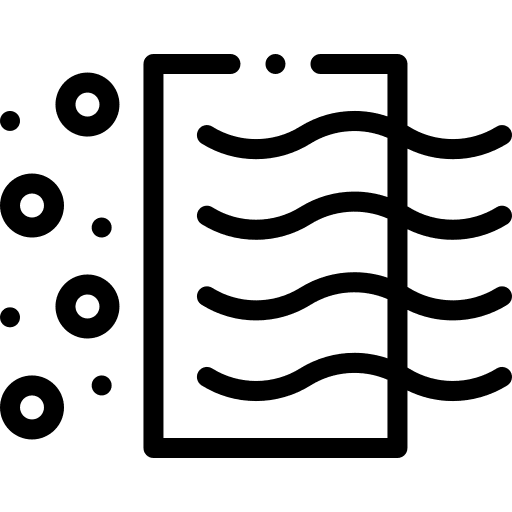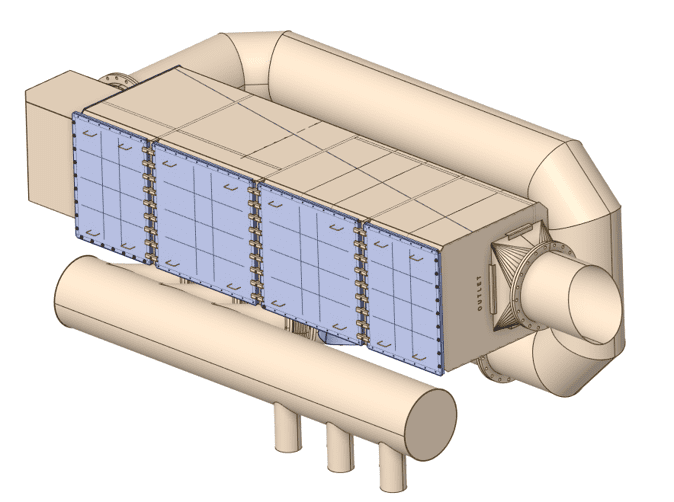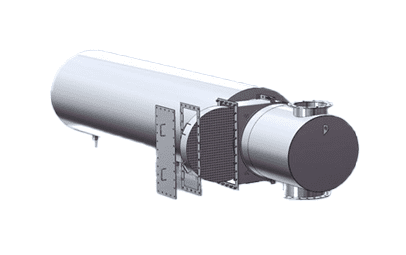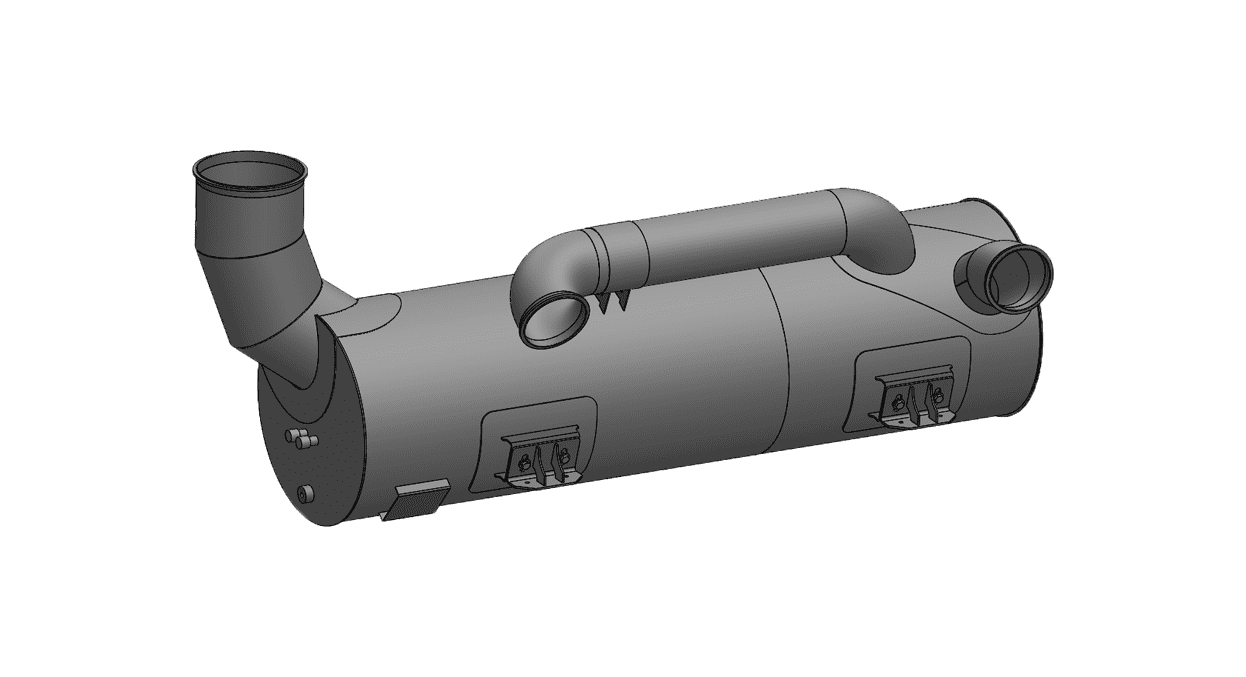Emission control
Today, high acoustic and airflow performance may no longer be sufficient for a number of applications.
We need to eliminate as much as possible the emission of greenhouse gases, pollutants and particles.
This is why BOET Stopson has developed its expertise in emission control by developing different technologies to complement our silencers.

Our expertise
Engine silencer pollution control can refer to the use of technologies to reduce the harmful gas emissions produced by an internal combustion engine. Emission control systems, such as particulate filters and catalysts, are designed to reduce exhaust emissions such as nitrogen oxides (NOx), unburnt hydrocarbons (HC), carbon monoxide (CO) and fine particulate matter (PM).
Adding emission control systems to an engine muffler can help improve air quality by reducing harmful emissions, which can help protect public health and the environment. In addition, some governments impose strict emissions regulations, so it is important for manufacturers to incorporate effective emission control systems to comply with these regulations.

Tailor-made integration

Optimisation of space requirements

Treatment of fine particles with low pressure drop

Cost reduction
Our solutions



Do you have a question or an acoustic project ?
Acoustic treatment, noise problems, environmental adaptation, compliance, rental, …
